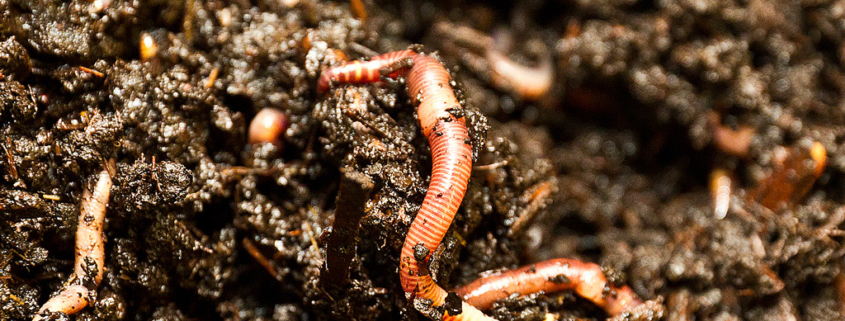Further development of toxicity tests with soil organisms – protection of biodiversity in soils
The project objective was to identify and quantify uncertainties that occur in the environmental risk assessment (ERA) of pesticides, specifically for the soil compartment. The project was based on the assessment that the general approach of employing surrogate species and experimental setups to assess the effects of pesticides has certain shortcomings that affect the outcome of the ERA. Not all relevant uncertainties are considered, and well-known critical sources of uncertainty are not taken into account in the assessment factors (AF) for extrapolating from the measurement endpoints to the assessment endpoints or protection goals. In the present project, 53 relevant sources of uncertainty were identified. Selected sources of uncertainty were combined and evaluated in statistical models fed with data from own ecotoxicological laboratory experiments and relevant databases. Experience from data analyses showed that well-designed, targeted and controlled studies with a reasonable number of active ingredients are needed to quantify sources of uncertainty. The influence of varying soil organic carbon contents on the ecotoxicological endpoints appears modest compared to other factors to be integrated into an AF. The experimental results did not provide evidence that including other soil characteristics would significantly increase the variation explained by the statistical models. From the variation between different laboratory test species, no need was identified to include further species, which better represent the field situation, in standard testing guidelines. The AF for laboratory-to-field extrapolation needed revisiting, and using a fixed AF over all test substances should be critically reviewed. An AF larger than five is needed to cover at least 90% of all possible active ingredients of plant protection products. Due to the large number of highly relevant sources of uncertainty, the complexity of the assessment area, and the relatively data-poor situation many questions remained unresolved. The current ERA is not sufficiently protective for soil organisms.
Last update: August 2024

 D. Leib
D. Leib D. Leib
D. Leib foto-kathrein.de
foto-kathrein.de